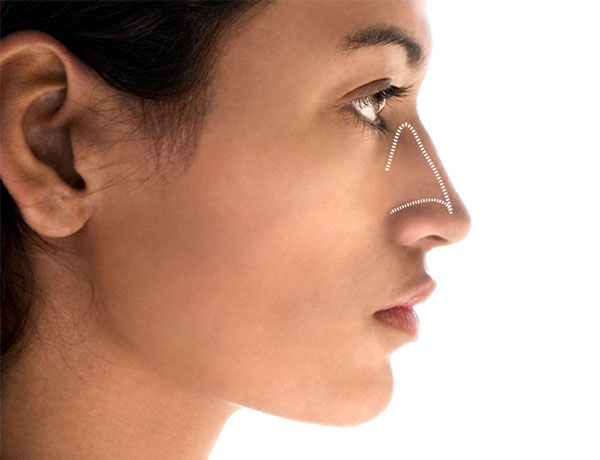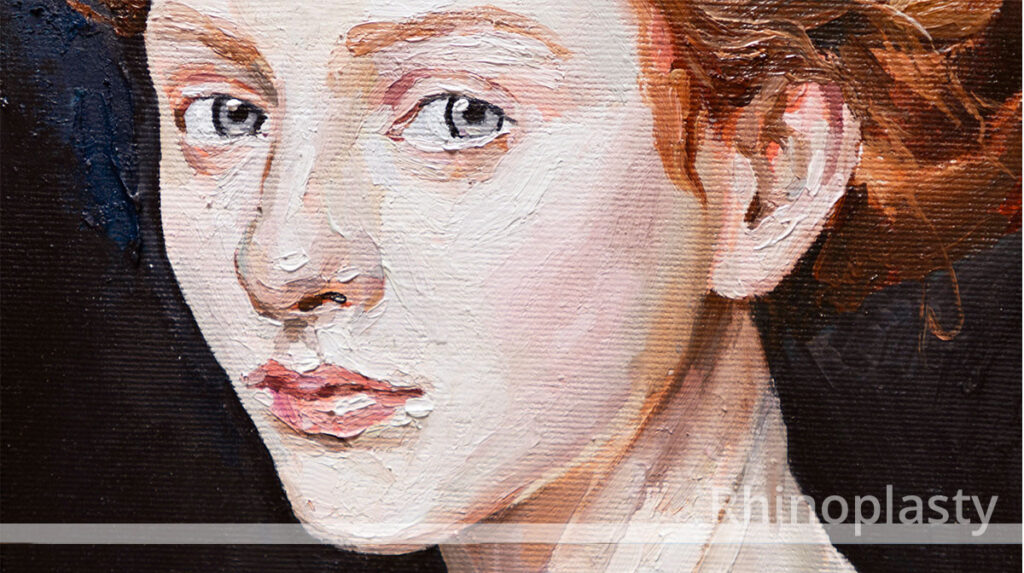As the central focal point of the face, one of the first things people tend to notice about your appearance is the size, shape, and general dimensions of your nose. Noses come in different shapes and sizes and no two noses are the same. However, there’s no denying that certain nose shapes are preferred over others. If you’re self-conscious about the shape or size of your nose, then rhinoplastyor nose surgery can help you regain your confidence.
Understanding the Structure of the Nose
Before you can embark on the journey of having your nose shape altered, it’s important that you completely understand not just the structure of noses in general, but your nose in particular. Make sure you consult with a well-known plastic surgeon who has years of experience and are renowned within their field to perform the procedure for you. Your surgeon will take the time to explain the three core components of which the nose is composed. Here are the main ones:
The Bridge
The bridge is the main external structural component that pretty much holds all other parts of the nose together. Its main purpose is to provide a sound physical basis for the nostrils, nasal passages, and the overall functionality of the nose in relation to the rest of the human form.
The Tip
The tip of the nose, which is also known as the dorsum, is connected to the nostrils. It also happens to be the part of the nose that’s located the furthest away from the facial plane. Consequently, the tip of the nose is the portion that most patients opt to have re-contoured or reshaped.
Nostrils
The nostrils are located at the very bottom of the nasal cavity and they act as channels that admit air through to the nasal cavity to facilitate breathing.

"*" indicates required fields
Most Common Nose Shapes
The natural shape and curvature of your nose depend largely on your genetic predisposition or whether or not you may have suffered a facial injury. If you’re dissatisfied with the appearance of your nose or its functionality for one reason or another, then it may be time to consider rhinoplasty as a reparative option. Whether you’re seeking a cosmetic or physiological procedure, there are different types of rhinoplasty that are specifically designed to suit your needs and improve your quality of life while also helping you regain confidence and pride in your appearance. The following is a list of the eight most common nose shapes that people want to change:
Humped Nose
As the name suggests, this particular nose shape is characterized by the formation of a hump that’s located on the bridge of the nose. It can either be a hereditary trait or it can be the result of an injury. Size and shape can vary from one individual to another, but this deformity is most noticeable from a side view of the person’s facial profile.
Crooked or Asymmetrical Nose
An asymmetrical nose can make your entire face look like it’s uneven and off-balance. It’s typically identified by the bumpiness of the nasal structure and in some cases, this can even cause major breathing problems if it’s not corrected. In most cases, all it takes is a simple, non-surgical procedure to smooth out the bumps along the bridge of the nose and effectively correct the problem.
Long or Narrow Bridged Nose
A nose that’s too long, too narrow, or a combination of both can also cause your entire face to look uneven. Some people think this look is very unflattering and can often resemble a seagull’s beak. The simple solution is to have your nose shaved down or shortened at the tip or widened on the sides to make it fit better with the rest of your face.
Pinched Nose
Unlike many of the other nose shapes on this list, a pinched nose is most commonly caused by a previously botched nose job. The weakened cartilage at the tip of your nose makes it look as if you’re perpetually pinching your nose even when you aren’t and this can also cause potentially serious structural and functional issues within your nasal cavity if it’s not corrected right away. The best way to repair this damage is to extract cartilage from another part of the body, such as the ears, and carefully graft it onto the tip of the nose.
Bulbous Nose
A bulbous nose shape is especially common among eastern European men. It’s typically a hereditary trait in which the nose resembles a rotund bulb-like silhouette with a narrow bridge and droopy tip. Most people prefer a more refined look in their nose shape and to achieve this, your facial plastic surgeon will most likely remove a certain amount of cartilage and then re-contour the end of your nose to make it more symmetrical and natural.
Pointy Tipped Nose
People with an overtly pointed looking nose typically have an excess amount of cartilage situated at the very tip of their nose. This can easily be corrected by simply removing and discarding the appropriate amount of cartilage from the tip of the nose and then reshaping it to make it look natural.
Boxy Tipped Nose
Some of the most distinguishable features of a boxy tipped nose include a very wideset rectangular shape at the very end of the nose. It’s most noticeable from the bottom view of the face.
Hanging Columella
The columella is the connecting tissue between the two nostrils at the very tip of the nose. When the columella protrudes significantly further out than the nostrils, it’s considered to be hanging. The nostrils are also placed a lot higher up than the tip of the nose, which makes it look like it’s almost separated from the rest of the nasal cavity.
Thinking about getting a nose job in Toronto?
Book a Consultation at Toronto Facial Plastic Surgery
At Toronto Facial Plastic Surgery, Dr. Gantous is one of the most skilled rhinoplasty surgeons in North America. A highly esteemed facial plastic surgeon, he’s been perfecting his craft for more than 20 years and has been asked to serve as the keynote speaker at numerous international conferences regarding the latest topics in the field of cosmetic surgery. To learn more about how he can help you love your nose again, schedule a consultation at our clinic today!
